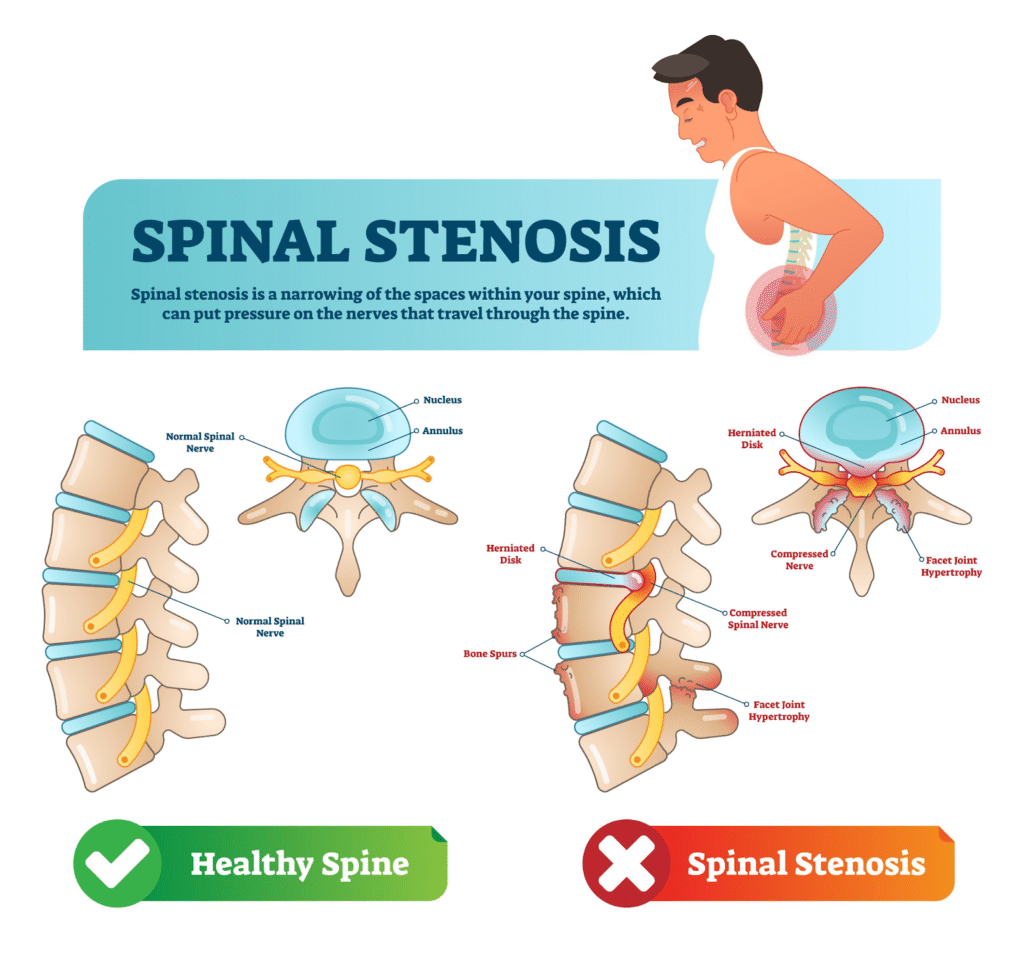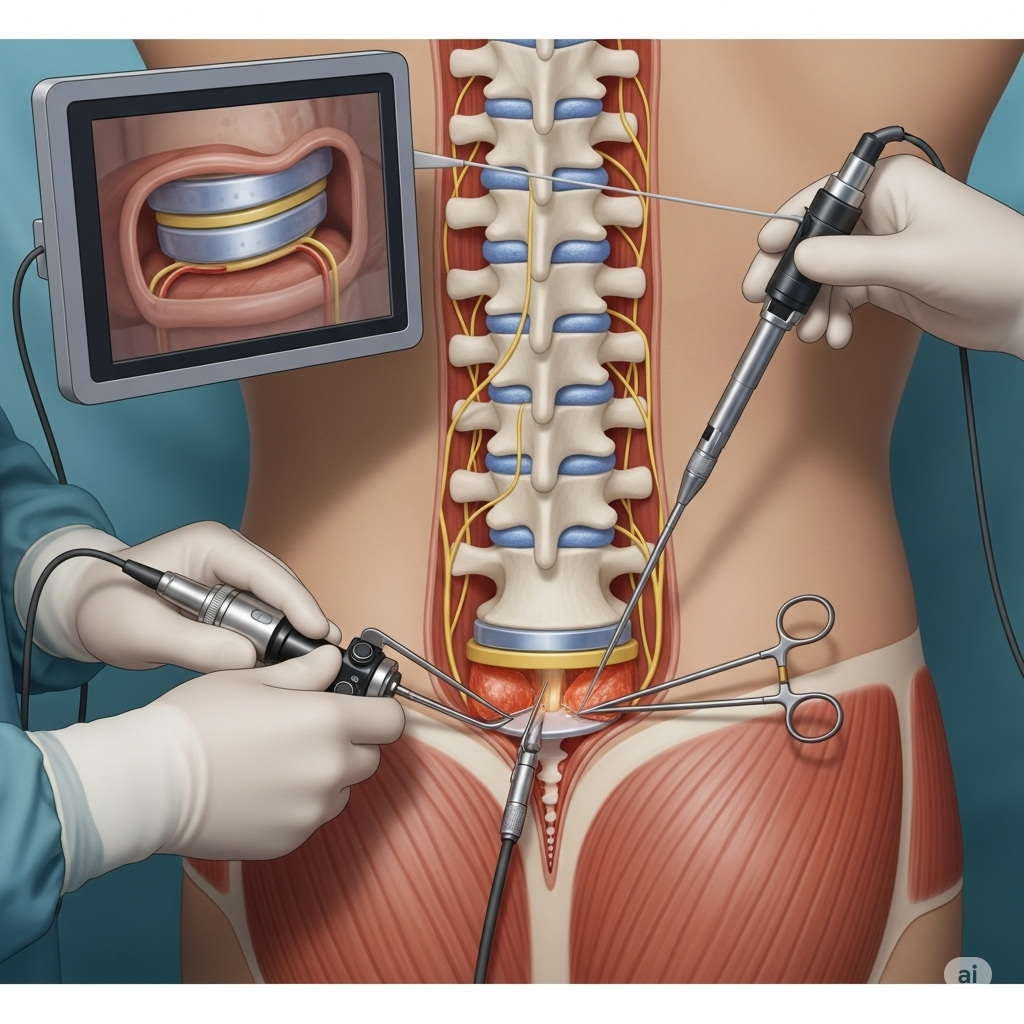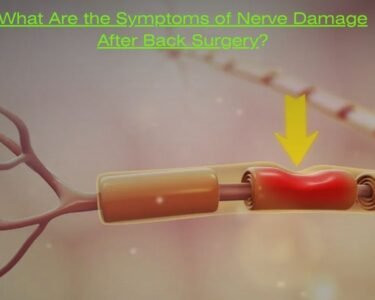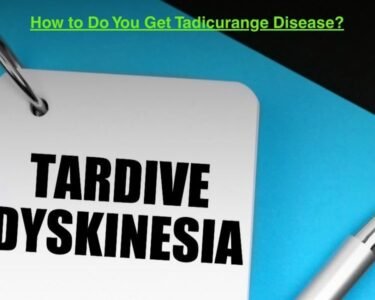Key Takeaways
- The new treatments for spinal stenosis are shifting toward minimally invasive procedures that can be performed on an outpatient basis.
- The Vertiflex Procedure and endoscopic spine surgery are two leading, minimally invasive options.
- Latest treatments often deliver better pain relief and quicker recovery times than traditional open surgeries.
- Spinal stenosis at the L4-L5 level is particularly common and often treatable with targeted new therapies.
- Stem cell therapy is an emerging, regenerative treatment showing promise, though it is still considered experimental.
Introduction
What is the newest treatment for spinal stenosis? For those suffering from chronic lower back and leg pain, this is a common concern. Living with spinal stenosis can be exhausting, as the narrowing of the spinal canal puts constant pressure on the nerves, often making everyday tasks a struggle.
While traditional treatments like medications, injections, and even open surgery have long been the standard, new advancements are transforming how doctors approach spinal stenosis. The new treatments for spinal stenosis provide lasting relief with a minimally invasive approach, allowing for quicker recovery and a better quality of life.
In this article, we provide well-researched information on advanced spinal stenosis treatments to help patients regain mobility and return to daily activities without long recovery times.
Understanding Spinal Stenosis & Its Types
Spinal stenosis occurs when the spaces within the spine shrink, causing compression. This reduction can press on the spinal cord and the nerves that extend from the spine to the arms and legs.
The most common cause is age-related degeneration. This condition may appear in any section of the spine, though it most often affects the neck and lower back.

1. Cervical Spinal Stenosis
This type of stenosis occurs in the neck area. When the spinal canal narrows in this region, it can compress the spinal cord or nerves, leading to symptoms like neck pain, or numbness and tingling in the arms and hands.
In advanced stages, the condition can also lead to poor balance and considerable weakness throughout the body.
2. Lumbar Spinal Stenosis
Lumbar stenosis is the most common form, as it primarily impacts the lower back. The nerve roots in the lumbar spine are compressed, often causing a burning pain that radiates from the lower back into the buttocks and down the legs, a condition known as neurogenic claudication.
This pain typically worsens with standing or walking and is relieved by sitting or leaning forward.
Spinal Stenosis Causes and Symptoms
The primary cause of spinal stenosis is the natural process of aging. Over time, the discs between vertebrae can lose their cushioning, and the facet joints can enlarge.
Conditions like osteoarthritis, herniated discs, and bone spurs can also contribute to the narrowing of the spinal canal.
Common symptoms include:
- Pain, numbness, cramping, or weakness in the back, buttocks, or legs.
- Radiating pain that travels down the leg, known as sciatica.
- Pain that gets worse with standing or walking.
- In extreme cases, patients might lose control over their bladder or bowel functions.
What Is the Newest Treatment for Spinal Stenosis?
Advancements in medicine are focusing on minimally invasive solutions that offer effective relief without the drawbacks of major surgery. These newer spinal stenosis treatments provide a targeted approach to address the cause of pain, often with a quicker recovery time.
1. Vertiflex Procedure: The Newest Treatment for Spinal Stenosis
The Vertiflex Procedure is one of the most significant advancements in recent years, designed to treat moderate lumbar spinal stenosis. It involves a small, H-shaped spacer that is implanted between the vertebrae.
This spacer acts as a support, gently expanding the space between the bones to relieve pressure on the nerves. Performed in an outpatient setting, the procedure is minimally invasive and requires only a small incision.
A five-year clinical study showed that the procedure resulted in an 85% reduction in opioid use and a 75% reduction in leg pain.
2. Endoscopic Spine Surgery: A Minimally Invasive Approach (MIA)
Endoscopic spine surgery is an advanced technique carried out using an ultra-minimally invasive approach. Using a high-definition camera and tiny surgical instruments inserted through a small, less than one-centimeter incision, surgeons can precisely target the source of nerve compression.
This approach avoids significant muscle damage, leading to less blood loss, a lower risk of infection, and a much faster recovery period compared to traditional open spine surgery.
Studies have shown a high success rate, with some reporting up to 95% patient satisfaction.
3. Total Posterior Spine (TOPS) Facet Joint Replacement System
In cases of lumbar stenosis or spondylolisthesis, the TOPS System offers an innovative alternative to spinal fusion. While fusion permanently locks vertebrae together, the TOPS System replaces the damaged facet joints with a flexible implant.
This unique design restores stability to the spine while preserving natural motion, reducing the risk of adjacent segment disease that can occur with fusion.
4. Regenerative Stem Cell Therapy for Spinal Stenosis
As a part of the latest spinal stenosis therapies, stem cell therapy is a promising yet still largely experimental treatment. This treatment works by injecting the patient’s own stem cells into the problem area of the spine. The goal of this treatment is to regenerate damaged tissue and reduce inflammation.
While research is ongoing, initial studies suggest that stem cells may help reduce pain and improve mobility, though the long-term efficacy and safety are still under investigation.
5. Surgical Decompression Treatment for Spinal Stenosis
Traditional decompression surgery, like a laminectomy, is still a reliable option, particularly in more severe cases. This open procedure removes a portion of the bone (lamina) and any other material pressing on the nerves.
While effective, it is more invasive and requires a longer hospital stay and recovery time than the newer, minimally invasive techniques.
Traditional Treatment Options for Spinal Stenosis
Before considering a new or traditional surgical procedure, doctors will typically recommend a series of non-surgical treatments to manage pain and symptoms. These include:
- Physical Therapy: Focuses on building strength in the core and back muscles to provide better spinal support.
- Medications: Over-the-counter anti-inflammatories or prescribed pain relievers.
- Steroid Injections: Corticosteroid injections delivered directly into the epidural space can provide significant, but temporary, relief by reducing inflammation.
What Is the Best Treatment for Spinal Stenosis at L4 and L5?

The L4-L5 level is the most common site for lumbar spinal stenosis. The most suitable treatment for spinal stenosis at L4 and L5 is determined by how severe the condition is and the patient’s overall health status. For mild to moderate cases, conservative treatments like physical therapy and injections are the first line of defense.
However, if these fail, the L4-L5 level is an ideal candidate for many of the newest, minimally invasive procedures. The Vertiflex Procedure and endoscopic surgery are often highly effective for stenosis at this specific location, as they are designed to target and decompress the nerve roots in this area without major structural changes to the spine.
Final Thoughts
With the advent of advanced, minimally invasive procedures, the landscape of spinal stenosis treatment is rapidly changing. The goal is no longer just pain relief but a return to a full, active life.
By understanding all the available options, from conservative therapies to cutting-edge procedures like the Vertiflex and TOPS systems, patients can make an informed decision with their doctor to find the best possible path to relief.
Disclaimer
The content of this article is intended solely for educational use and should not be taken as medical advice. Always consult with a qualified healthcare professional, such as a doctor or spine specialist, before making any decisions about your health, medications, supplements, or treatment plans for spinal stenosis. The information presented here is for awareness and does not replace a professional medical consultation or diagnosis.
FAQs
What is the latest treatment for spinal stenosis?
The latest treatments are typically minimally invasive procedures like the Vertiflex interspinous spacer, endoscopic spine surgery, and the TOPS facet replacement system. These focus on relieving nerve pressure with minimal tissue damage and a faster recovery.
Is spinal stenosis a progressive condition?
Yes, spinal stenosis is generally a progressive condition. Symptoms tend to worsen over time, though the rate of progression varies. Starting conservative treatments early may help slow the progression of spinal stenosis and ease its symptoms.
How long is the recovery from a new spinal stenosis treatment?
Healing after minimally invasive procedures is usually much quicker compared to recovery from traditional surgery. Most patients are walking the same day and can return to light activities in 1-2 weeks, with a full return to normal activity in about 4-6 weeks.
Is stem cell therapy for spinal stenosis effective?
While stem cell therapy shows promise in regenerating tissue and reducing inflammation, it is still considered an emerging and experimental treatment. Clinical trials are ongoing, and its long-term effectiveness and safety are still being studied.
Who is the ideal candidate for a newer treatment like Vertiflex?
An ideal candidate is typically someone with moderate lumbar spinal stenosis who has not found relief from at least six months of conservative therapies. Individuals must also show signs of neurogenic claudication, which includes leg and buttock pain while walking.
References & Trusted Medical Sources
https://www.medparkhospital.com/en-US/disease-and-treatment/endoscopic-spine-surgery
https://www.sciencedirect.com/science/article/pii/S2772594424000098
https://pmc.ncbi.nlm.nih.gov/articles/PMC7839802
https://pmc.ncbi.nlm.nih.gov/articles/PMC2678281
https://medlineplus.gov/ency/article/007485.htm
https://www.spine-health.com/conditions/spine-anatomy/l4-l5-treatment
https://www.mayoclinic.org/diseases-conditions/spinal-stenosis/symptoms-causes/syc-20352961




2 Comments
Comments are closed.